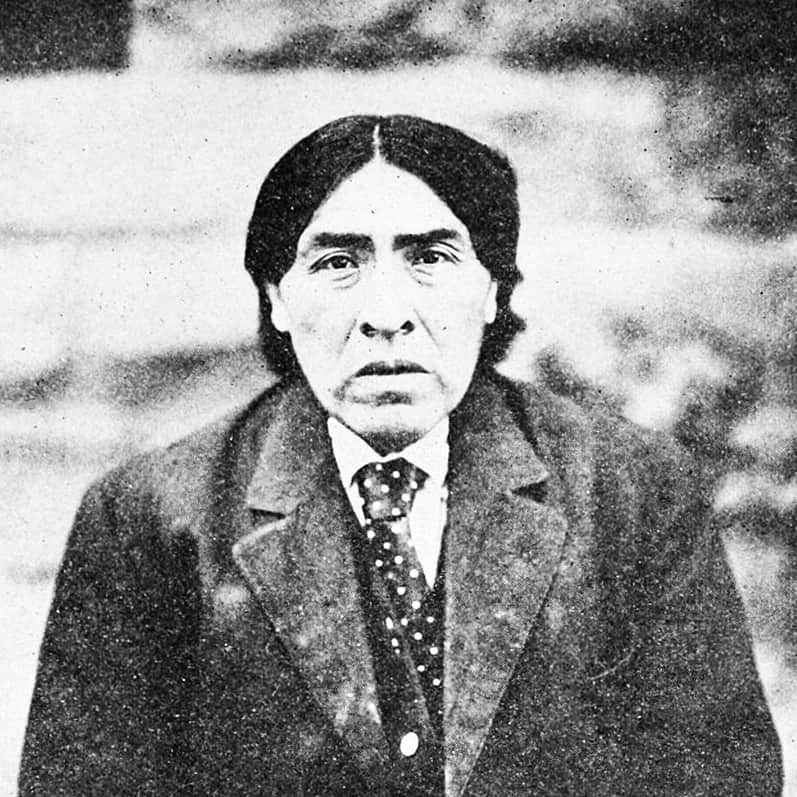
Bringing Native American voices back to life

Physics World Stories Podcast
Shownotes Transcript
The collection is the largest and most diverse early repository of Native Californian music and speech, comprising nearly 3000 wax cylinders with recordings made by anthropologists between 1901 and 1938. Over time, however, the originals and their copies have inevitably degraded, as these materials are prone to imperfections caused by things such as dampness and temperature variations. What’s more, every time you play back the wax cylinders using a stylus you damage them ever so slightly more.
In order to preserve these historic documents and to make them more accessible to Native American communities today, a team at Berkeley is creating digital versions where the audio is enhanced. The team employs a technique known as IRENE, which scans the surfaces of the cylinders to create high-resolution images. Software is then used to interpolate some of the gaps caused by damage to the surface, while also removing unwanted background noises caused by mould and dust. The images are converted into digital audio files to be preserved in digital libraries.
IRENE – standing for Image Reconstruct Erase Noise Etcetera – was developed by Carl Haber of the Lawrence Berkeley National Laboratory (LBNL) who features in the podcast. Haber is an experimental particle physicist who works on the ATLAS experiment at CERN’s Large Hadron Collider where he develops detectors to track particle collision in high precision. Around the turn of the Millennium, Haber became interested in applying his imaging knowledge to the preservation of historic media.
This podcast also includes examples of some of the early uses of IRENE such as bringing to life the oldest known audio recording at the time – a version of the French folk song “Au clair de la lune” recorded in soot on a piece of paper by the French inventor Édouard-Léon Scott de Martinville in 1860. You will also hear the voice of Alexander Graham Bell, recorded on a wax disc in 1885 at the famous Volta lab in Washington DC. This audio clip is part of the Smithsonian’s National Museum of American History’s collection of early experimental sound recordings. It is the only confirmed audio recording of Bell’s voice, which was identified in 2013) by the museum in collaboration with Haber and his LBNL colleague Earl Cornell and Peter Alyea, digital conversion specialist at the Library of Congress, with the help of Indiana University scholar Patrick Feaster.
In the podcast, Dacey visits the university library at Berkeley to see the scanning in action (see the video above). That is where he meets the anthropologist Ira Jacknis who tells the remarkable story of Ishi, who had spent several years alone before wandering into the Californian town of Oroville in 1911. Ishi lived out the remainder of his days at an anthropology museum in San Francisco where he was studied extensively by anthropologists. Aware of the sometimes asymmetric power balance between anthropologists and the people they study, Jacknis explains how the audio restoration project will involve current Native communities. One of the main aims of the project is to provide these communities with access to the recordings, which could provide important insights into their cultural heritage.